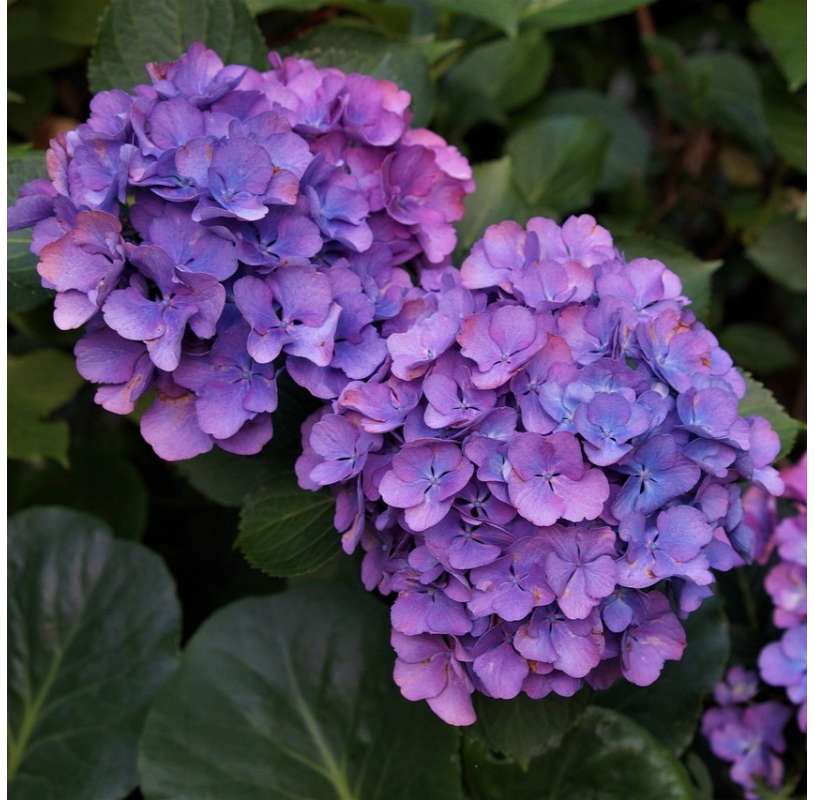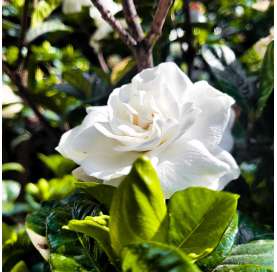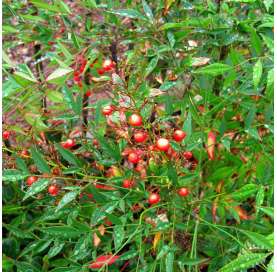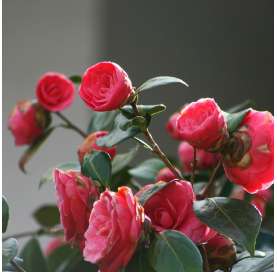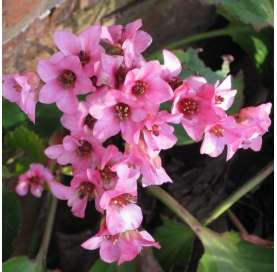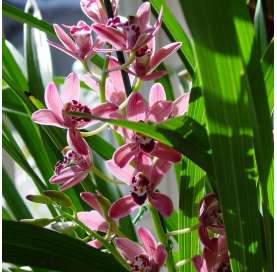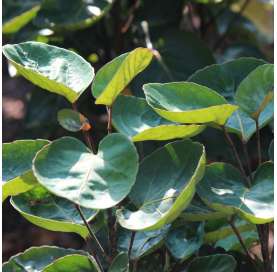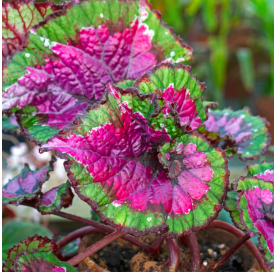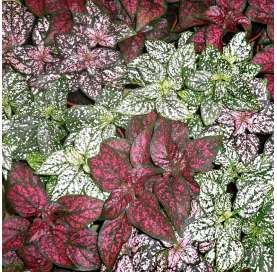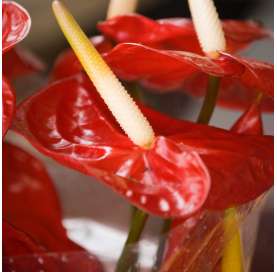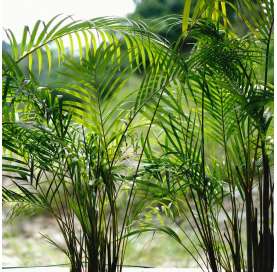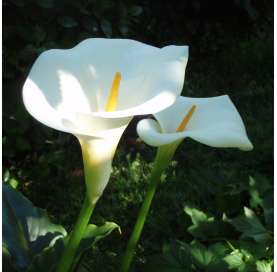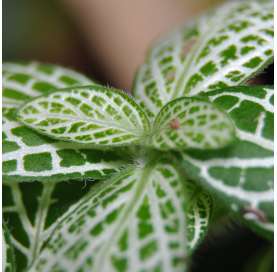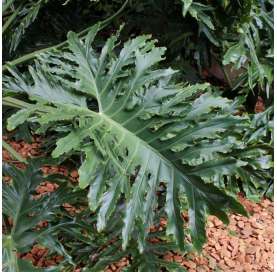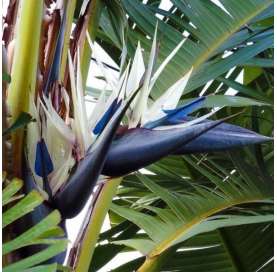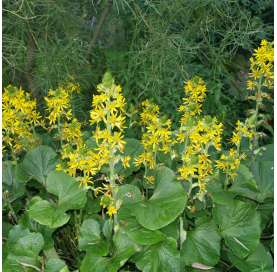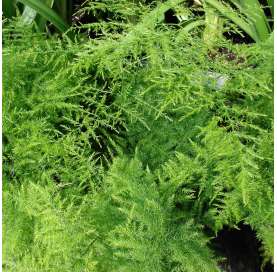Hydrangea macrophylla - hortensia.
Description:
Hydrangeas, also known as hortensias, are ornamental shrubs renowned for their vibrant and lush flowers that brighten gardens from spring through fall. Their beauty and array of colors make them a popular choice for adding color and elegance to any green space.
History and Origin:
Primarily originating from Asia and America, hydrangeas have been cultivated and cherished for centuries in various cultures around the world. Their scientific name, Hydrangea, derives from the Greek "hydor" (water) and "angeion" (vessel), referencing these plants' need for water. Over time, they have undergone hybridization and selection, resulting in a wide variety of species and cultivars.
Care:
Hydrangeas are relatively easy to care for but require certain considerations to thrive and bloom in all their glory. They prefer well-draining soil rich in organic matter. It's important to keep the soil moist but not waterlogged, especially during periods of active growth and flowering. Applying organic mulch around the base of the plant can help retain moisture and control weeds.
Watering:
Regular watering is essential for hydrangeas, especially during the warmer months of the year. It's recommended to water them deeply once or twice a week, depending on the weather conditions and soil moisture levels. It's important to avoid wetting the flowers and leaves during watering, as this can increase the risk of fungal diseases.
Sun and Temperature:
While some hydrangea varieties can tolerate some direct sunlight, they generally prefer locations with indirect light or partial shade, especially in warmer climates. Excessive sun exposure can scorch the leaves and wilt the flowers. As for temperature, hydrangeas are generally hardy, but some species may be sensitive to severe frosts. It's important to protect them during the colder months if you live in an area with harsh winters.
Varied Colors:
Hydrangeas are available in a wide range of colors, including pink, blue, white, purple, and red. If you desire a particular color, please let us know in the comments when placing your order or contact us to verify availability.

Encrypted payments for greater security

We ship to Spain and Portugal in 48/72 hours.

Shipping only to mainland Spain and mainland Portugal
Hydrangea is a deciduous shrub which belongs to the hydrangea
ceas family. The one that concerns us is the variety "macrophylla" which means - large leaves.
It is native to Asia and America and can be higher than 2 meters, even more if grows in an appropiate environment.
Hydrangea needs to be planted in a fresh and shady place, or partial-shade in warmer climates, as it is not resistant to the strong sun of the summer.
Requires of an acidic, rich and loose soil, which needs to keep wet, as a lack of water will provoke flowers which will look like shrunk, and leaves will be languid. Nevertheless, at the same time, it is harmful keep the soil with too much water.
We can prune the branches whose flowers had withered away, leaving two or three buds from the base. At the end of winter we will give a more important pruning, removing those weaker branches, which are deformed and/or which had not being cut before, also leaving two or three buds from the base of the plant and ensuring a harmonious and rounded shape of the plant, at the same we have to get rid of the branches which come from the roots.
In regard to irrigation, it does not like waters limestones, so if we have to irrigate with this type of water, we will give, approximately every two months, treatments with iron chelate to neutralize this cal.
And to fertilize it, we will put special fertilizers for hydrangeas and acidophilous plants, or special fertilizers to intensify the blue colour of the hydrangeas.
Hydrangea can be attacked by fungi in the case of flooding soil, something which obviously we will avoid at all costs, and watch our plant to combat the possible attacks of snails, or aphids.
Data sheet
- Name
- Hydrangea Macrophylla
- Origen
- Japón
- Height
- From 1m to 1.5 m
- Colour
- Pink, Blue and white
- Flowering
- Spring
- Location
- Shadow and Shade
- Irrigation
- Moderate
- Applications
- For the garden, to take pot and for the interior of the house
- Sales format
- Pot
- Others
- She does not turn out to be affected by the cold, resists the low temperatures
- Note
- Being the product a living plant and depending on the season, this plant could be received, in some cases, not exactly the same as in the photography, but as similar as possible, without impacting on quality of the same.
You might also like
-
Nandina domestica.€13.50
-
Camellia Japonica.€12.90
-
Bergenia cordifolia€4.30
12 other products in the same category:
-
Cymbidium€36.90
-
Polyscias balfouriana,...€13.90
-
Begonia rex€6.50
-
Hypoestes phyllostachya.€1.90
-
Anthurium andreanum. Red€23.90
-
Dypsis - Chrysalidocarpus...€35.00
-
Cala Zantedeschia€10.90
-
Fittonia.€2.90
-
Philodendro sellow€10.90
-
Strelitzia augusta .€2.90
-
Ligularias Tussilaginez.€30.00
-
Esparragueras plumosa...€5.50

 English
English Spanish
Spanish